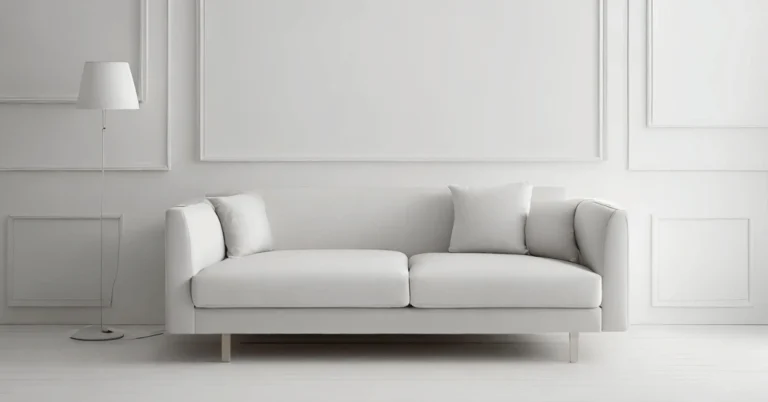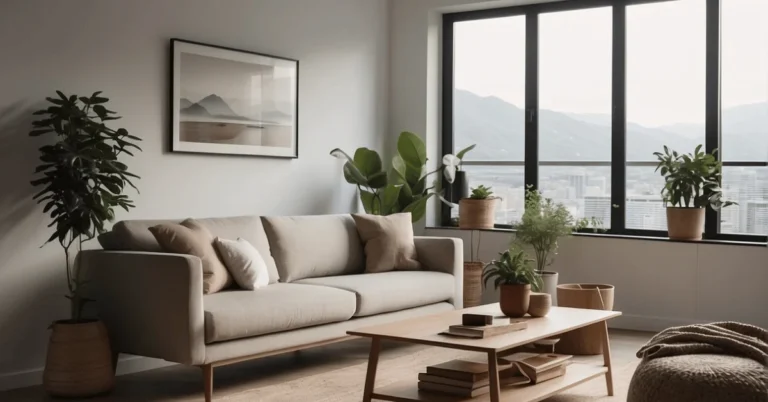How to become a Minimalist is more than just an aesthetic choice; it’s a lifestyle shift that can lead to a clearer mind, a more organized environment, and a deeper focus on what’s truly important in life.
Over the next 30 days, we can guide ourselves through a transformative journey to adopt a minimalist lifestyle by taking actionable steps and making deliberate choices. How to become a minimalist challenges us to rethink our relationship with possessions and the clutter that often clouds our living spaces and mental clarity.
As we embark on this 30-day challenge, we’ll begin by laying the groundwork to understand the principles of minimalism. We’ll evaluate our possessions, habits, and routines to highlight what adds true value to our lives. Decluttering our space will be a significant first step, removing excess to make room for freedom and peace. We won’t stop at the physical, though; digital clutter and mental distractions are equally important targets as we strive for a streamlined, harmonious existence.
We will also explore how to become a minimalist approach can lead to sustainable living, as we learn to consume less and make more environmentally conscious choices. By maintaining the minimalist practices we develop, we can ensure that our journey brings lasting change. Challenges will arise, but with the right mindset and strategies, we can overcome them and emerge with a simpler, more fulfilled way of living.
Key Takeaways
- Minimalism is a transformative journey that promotes clarity and focus.
- Decluttering both physical and digital spaces is essential for minimalism.
- Continual practice and overcoming challenges ensure lasting minimalist habits.
Understanding Minimalism
In order to embrace the journey towards how to become a minimalist, it’s essential we understand its core principles and the transformative impact it can have on our lives. Let’s explore what it means to live minimally, the mindset required, and the benefits that come with this lifestyle change.
Defining Minimalism
Minimalism is a lifestyle choice centered on the idea of reducing our possessions to the essentials. It’s about living with only what we need and valuing quality over quantity. This doesn’t necessitate living with next to nothing; rather, it invites us to make intentional choices about what we keep in our lives.
- Essentials: Items that serve a purpose or bring us joy.
- Reduction: Removing excess belongings from our lives.
Mindset for Minimalist Living
Adopting a minimalist mindset and reaching the road on how to become a minimalist isn’t just about decluttering physical space; it’s about fostering a mental shift towards intentionality. We prioritize experiences and relationships over material goods. It’s a commitment to:
- Conscious Consumption: We critically evaluate what we bring into our space.
- Deliberate Decisions: We decide with purpose how we want to live.
Benefits of How to become a Minimalist
The benefits of adopting a minimalist lifestyle are both tangible and abstract, affecting various aspects of our lives:
- Clarity and Focus: Reduced clutter leads to a clearer mind, enhancing our ability to concentrate and prioritize.
- Reduced Stress: With fewer possessions, we spend less time maintaining them, leading to lowered anxiety.
- Financial Savings: Minimalism often leads to decreased spending and increased savings as we buy less and live more efficiently.
- Environmental Impact: A minimalist approach contributes to sustainability, as we consume and waste less.
| Aspect of Life | Benefits of How to Become a Minimalist |
|---|---|
| Emotional | Less stress, increased happiness |
| Time | More free time for personal growth and relationships |
| Financial | Savings due to intentional spending |
| Physical | Cleaner, more organized living spaces |
| Environmental | Lowered carbon footprint through decreased consumption |
Setting the Foundation on How To Become A Minimalist
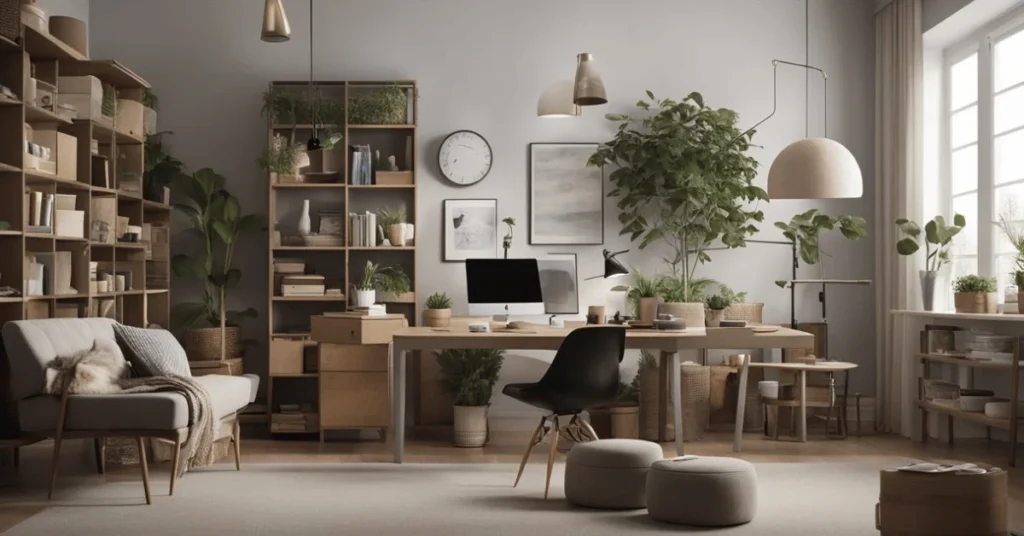
Adopting minimalism is about transforming our habits and environment over a span of 30 days. We are going to be precise in our goals, plan our month meticulously, integrate intentionality in our daily routines, and reorganize our space for optimal change.
Establishing Clear Goals
The first step is defining what we want to achieve in 30 days. Ask ourselves what a minimalist lifestyle means to us and list specific goals. For instance:
- Reduce the number of owned items by 50%
- Limit non-essential purchases to zero
- Allocate 15 minutes daily for decluttering
Our progress will have a clear direction with these specific targets.
Creating a 30-Day How To Become A Minimalist Challenge Plan
A detailed plan acts as our roadmap. Let’s break down the 30 days of ‘how to become a minimalist’ into manageable tasks. Here’s an example:
| Week | Focus | Actions |
|---|---|---|
| 1 | Decluttering | Identify items to discard, donate, or sell. |
| 2 | Digitizing | Convert physical media to digital; opt for e-services. |
| 3 | Mindful Spending | Freeze on non-essential spending; evaluate needs vs wants. |
| 4 | Reflecting & Adjusting | Assess the changes; make tweaks to our lifestyle. |
This plan keeps us on a steady path towards minimalism.
Intentionality in Daily Life
Incorporate mindful practices each day. This means:
- Choosing to forego that impulse buy.
- Taking a moment before adding new tasks to our calendar.
- Questioning the necessity of each item in our living space.
Each action is deliberate, serving our minimalist principles.
Making Space for Change
Lastly, we must physically and mentally make room for a new way of living. This could look like:
- Clearing a drawer, shelf, or room at a time.
- Instituting quiet times for reflection and gratitude.
Our space becomes a reflection of our newfound simplicity.
Decluttering Your Home
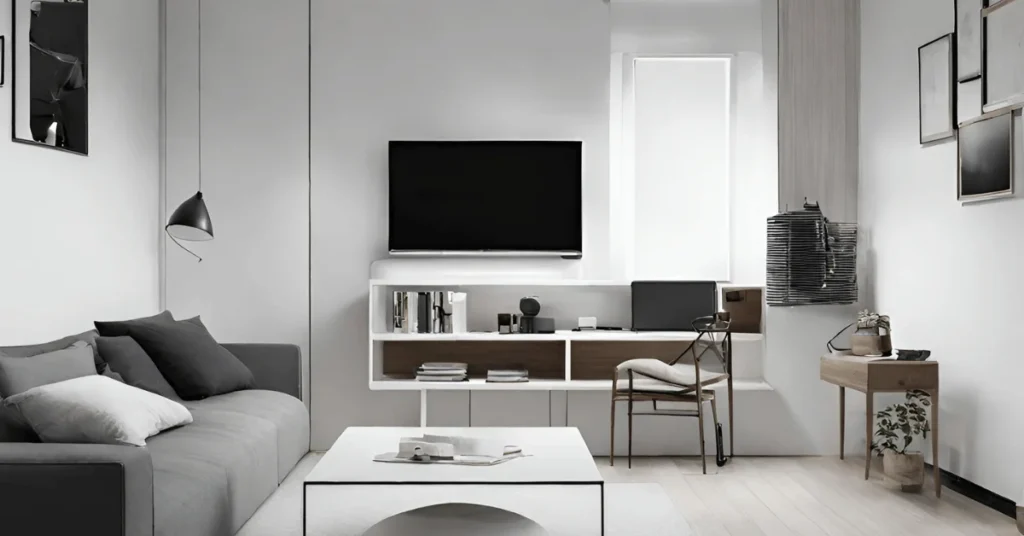
On our way to further pursue ‘how to become a minimalist’ . we’ll focus on eliminating clutter and freeing up space in your home, room by room, with specific steps and strategies to achieve a minimalist space.
Tackling the Kitchen
In the kitchen, identify utensils, appliances, and dishware that are rarely used and set them aside. We’ll sort these items into three categories: keep, donate, discard. For pantry items, check expiration dates and organize goods by frequency of use. Create an inventory to avoid future overbuying.
- Keep: Everyday essentials, multi-use appliances.
- Donate: Gadgets used less than twice a year.
- Discard: Broken items, expired goods.
Organizing the Living Room
The living room should be a relaxing space, free of unnecessary items. We’ll start by clearing off tables and shelves. Evaluate each decorative item and piece of furniture. Is it functional or simply occupying space?
- Keep: Items that serve a purpose or bring joy.
- Donate: Decor that’s no longer in alignment with your style.
- Discard: Worn out furnishings and non-functional electronics.
Minimizing the Bedroom
In the bedroom, our sanctuary, we’ll begin with the wardrobe. If clothes haven’t been worn in over a year, it’s likely they’re not essential. Use a simple sorting method for clothes and accessories:
- Keep: Frequently worn and versatile pieces.
- Donate: Items in good condition but no longer worn.
- Discard: Damaged clothes and out-of-date accessories.
For surfaces and nightstands, keep only items that contribute to restfulness and nighttime routines.
Simplifying the Bathroom
We’ll streamline bathroom spaces by focusing on toiletries and products. If there are multiples of an item or rarely used products, they should be reassessed.
- Keep: Daily use items and essentials.
- Donate: Unopened products that won’t be used.
- Discard: Expired or nearly empty products.
For linens, keep a minimal set that fits our current needs, and evaluate storage solutions to keep counters free from clutter.
Managing Closets and Wardrobes
Closets and wardrobes tend to accumulate clothes and miscellaneous items over time. Our approach is to remove everything, then only return items that fit our life now.
- Keep: Seasonally appropriate clothing that fits and feels good.
- Donate: Items no longer reflecting current taste or size.
- Discard: Worn-out or damaged apparel.
Opt for slim hangers and uniform storage bins to maximize space and maintain visual simplicity.
Sorting Through Books and Magazines in order to ‘How To Become A Minimalist’
Our final task will be books and magazines. Evaluate your collection and decide what aligns with your interests and reference needs.
- Keep: Books and magazines that are frequently referenced or read.
- Donate: Reads that were enjoyed but are no longer necessary.
- Discard: Outdated information and damaged copies.
Consider digital alternatives or library services to cut down on future accumulation.
Digital and Mental Declutter
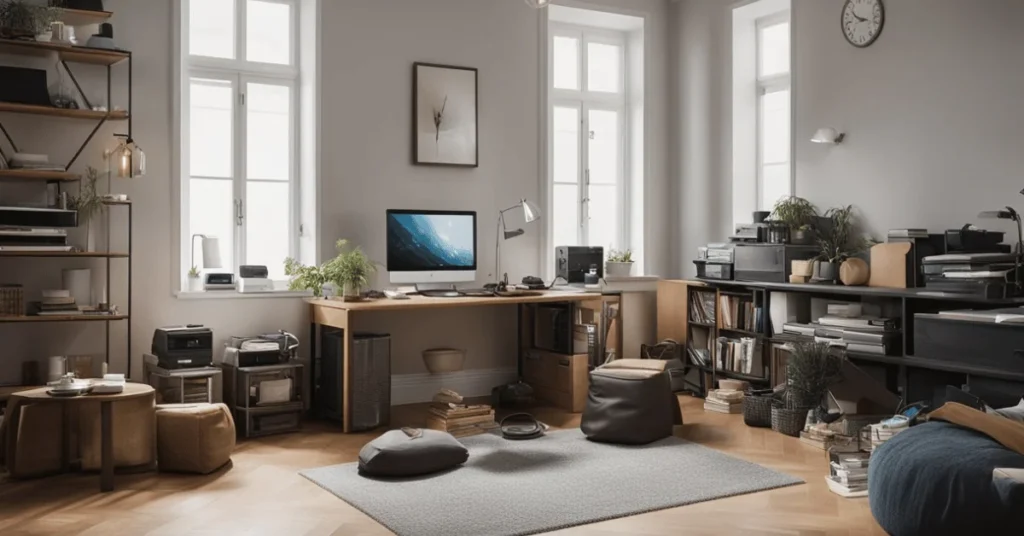
Digital and mental clutter can significantly affect our daily lives. We’ll guide you through refining your online presence and enhancing your mental space in order to faster reach your goal on ‘how to become a minimalist’.
Reducing Email and Social Media Clutter
We often find ourselves subscribed to a myriad of newsletters and updates, causing our inboxes to swell uncontrollably. It’s crucial to periodically sift through our subscriptions and unsubscribe from those we no longer find valuable. By doing so, we not only declutter our email, but we also reduce the daily stress associated with a constantly pinging inbox.
Action Steps:
- Review daily: Dedicate 10 minutes to sorting through new emails.
- Unsubscribe: Actively look for and hit the unsubscribe button on non-essential emails.
- Folder system: Implement a simple folder system to categorize important emails.
For social media, the clutter can be overwhelming due to the constant influx of updates and notifications.
Social Media Simplification:
- Unfollow or mute: Limit your feed to include only content that adds value to your life.
- Notification settings: Limit notifications to essentials to minimize distractions.
- Intentional usage: Limit the amount of time spent daily on social media platforms.
Decluttering Your Digital Devices
Our devices are often inundated with old files and unused applications, which can hamper their performance and our productivity.
Device Decluttering Tips:
- Regularly clean up: Schedule a monthly cleanup of all devices.
- Remove unused apps: Uninstall apps that you haven’t used in the past month.
- File organization: Keep your files in clearly labeled folders and delete duplicates or obsolete items.
The Role of Minimalism in Mental Health
Adopting a minimalist mindset extends beyond our physical and digital spaces; it’s about simplifying our mental environment too.
Minimalism and Mental Health:
- Limiting choices: Having fewer choices in our daily routines can lead to reduced decision fatigue.
- Clearer focus: A decluttered space can contribute to a clearer focus and increased productivity.
- Stress reduction: Minimalist practices often lead to a reduction in stress and an increase in overall mental well-being.
Adopting a Minimalist Lifestyle
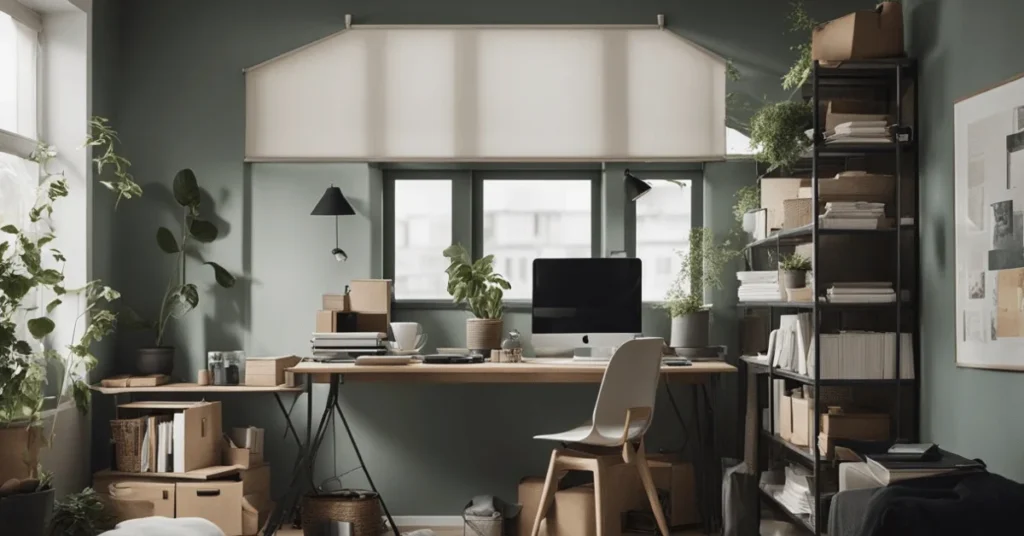
In embracing our journey on ‘How to become a minimalist’, we focus on the essentials that add value to our lives. Below, we’ll guide you through downsizing possessions, adopting minimalist principles within the family, and reassessing social commitments for a more fulfilling existence.
Downsizing Possessions
We begin by evaluating our belongings. Assess each item with questions like:
- Does this serve a practical purpose?
- Does it bring me joy or fulfillment?
We recommend creating a list to track our progress:
| Item | Keep | Donate/Sell | Unsure |
|---|---|---|---|
| Clothing | |||
| Kitchen gadgets | |||
| Decorative items | |||
| Books and magazines |
Tips for success:
- Start with the easy things and gradually move to items with sentimental value.
- Commit to letting go of items that haven’t been used in the last year.
Integrating ‘How to Become A Minimalist’ Principles Into Family Life
Minimalism in family life means simplifying our home and schedule. Identify activities that align with our family values and let go of the rest. We initiate conversations around minimalism and encourage family members to participate. We also establish areas in our home designated for shared use, promoting a sense of community and shared responsibility.
Strategies for a minimalist family environment:
- Encourage each family member to choose possessions that truly matter to them.
- Craft a family mission statement that embodies our minimalist values.
Reevaluating Relationships and Commitments
We critically look at our social relationships and commitments. This involves identifying the people and activities that contribute to our wellbeing and those that do not. We practice saying “no” to commitments that drain our energy without providing meaningful returns.
Actions we can take:
- Quantify our social interactions and commitments to see where our time is going.
- Make intentional choices about social events and volunteer commitments, focusing on quality interactions.
By systematically addressing possessions, family practices, and social engagements, we lay the groundwork for a considered and intentional minimalist lifestyle.
Sustainable Living Towards How To Become A Minimalist
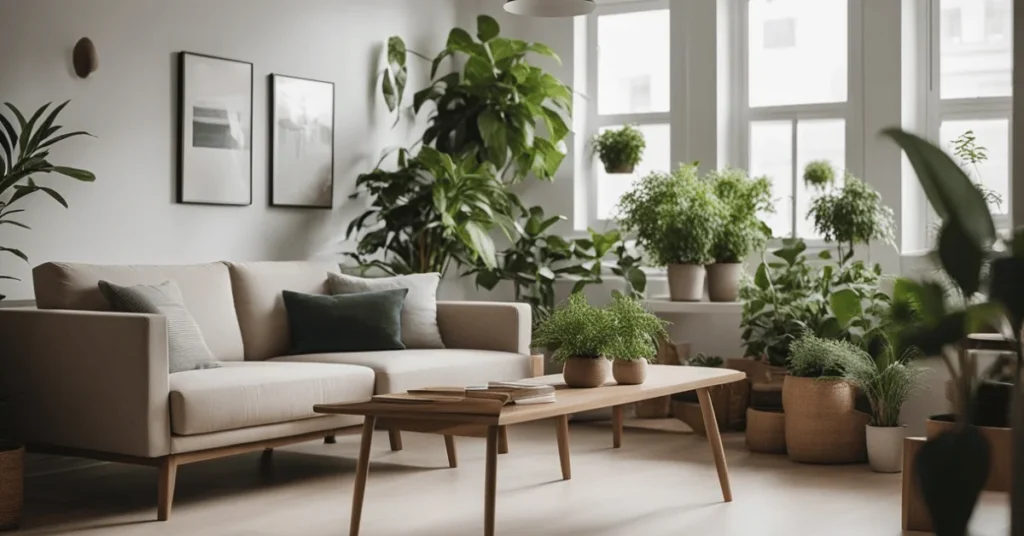
Adopting a minimalist lifestyle not only simplifies our lives but also fosters sustainable living. Through intentional choices, we embrace practices that protect our environment and streamline our finances for a healthier future.
Embracing Sustainable Practices
We understand that sustainable living is about making choices that have a positive impact on the environment. We start by owning fewer material items to reduce waste and clutter. Our decisions revolve around sustainability, such as favoring products with eco-friendly packaging or opting to recycle whenever possible. By incorporating the following practices, we further our commitment to the Earth:
- Prioritize Reusable Items: Use items like cloth bags, reusable water bottles, and glass containers instead of single-use plastics.
- Choose Secondhand: Buying secondhand not only saves money but also extends the lifecycle of products.
- Support Sustainable Brands: When we purchase new items, we focus on brands committed to ethical and sustainable manufacturing processes.
We also dedicate part of our routine to learning about and implementing energy-saving measures, thus directly contributing to a healthier planet.
Minimalism and Personal Finances
Our financial health is deeply tied to minimalism. Embracing our ‘ how to become a minimalist ‘ journey allows us to assess our spending habits critically, focusing on what is necessary and deriving greater value from each purchase. We’ve seen that a minimalist approach can help us:
- Budget Wisely: Meticulously track income and expenses, allocating funds where they are most needed and trimming unnecessary costs.
- Reduce Subscription Services: Evaluate all our streaming services and digital subscriptions, keeping only those that we truly use and enjoy.
- Sell Unnecessary Items: Sell items we no longer use or need. This declutters our space and adds an extra source of income.
- Shift to a Savings Mindset: Redirect funds saved from owning less into our savings accounts, investments, and emergency funds.
By aligning our lifestyle with sustainable practices and a responsible approach to personal finances, we set ourselves up for a life that is less about consumption and more about the value derived from our experiences and choices.
Maintaining Your How to Become A Minimalist Journey
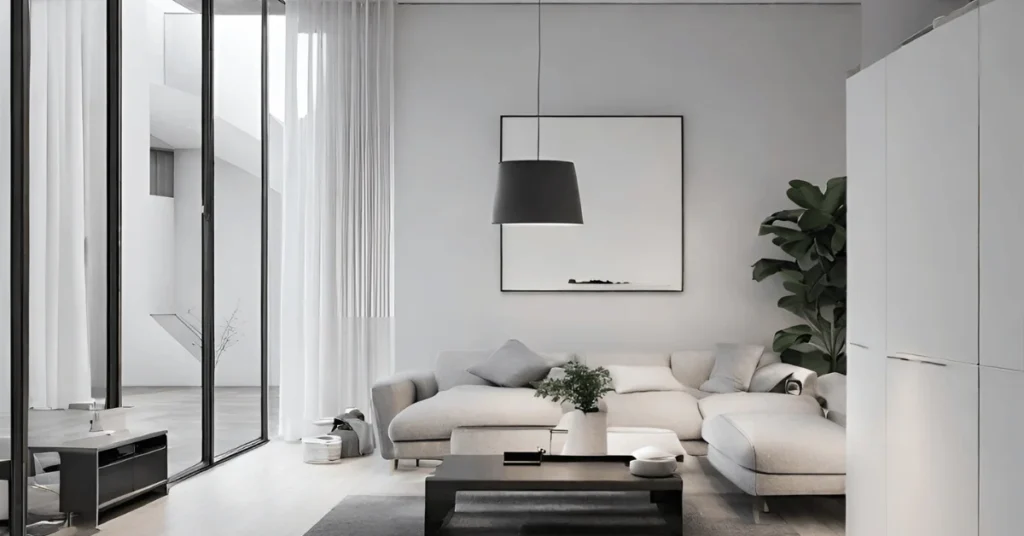
As we progress in our minimalist lifestyle, it’s essential to consistently manage our surroundings and choices, retaining what adds value to our lives and letting go of the excess.
Keeping Your Space Decluttered
Routine Check-ins: Set a regular schedule, perhaps monthly or quarterly, to reassess our possessions. We make use of checklists to examine each room, ensuring that every item has a purpose or brings us joy. If we find things that no longer serve us, we’re ready to donate or sell them.
- Bedroom: Keep a donation box handy for clothes we haven’t worm in the past year.
- Living Room: Question if each piece of decor contributes to a calming environment.
- Kitchen: Review gadgets and appliances, letting go of duplicates or rarely used items.
One-In-One-Out Rule: Whenever we acquire a new item, we choose something old to remove. This prevents accumulation of possessions, reinforces mindful buying, and upholds our decluttered space.
Staying Mindful of Acquisitions
Assess Needs vs. Wants: Prior to adding anything to our home, we ask ourselves if it’s a need or a want. We prioritize experiences over things and prefer quality over quantity, ensuring that what we own is truly beneficial.
Delayed Purchases: To avoid impulsive buying, we implement a waiting period for non-essential items. If after 30 days, the desire persists and the item aligns with our minimalist values, only then do we consider purchasing.
- Evaluating Essentials:
- Tech: Do we need the latest gadget or can our current one suffice?
- Furniture: Is it multifunctional or does it simply occupy space?
By adhering to these practices, we continue to experience the benefits of how to become a minimalist and maintain a lifestyle focused on simplicity and intentionality.
Overcoming Challenges
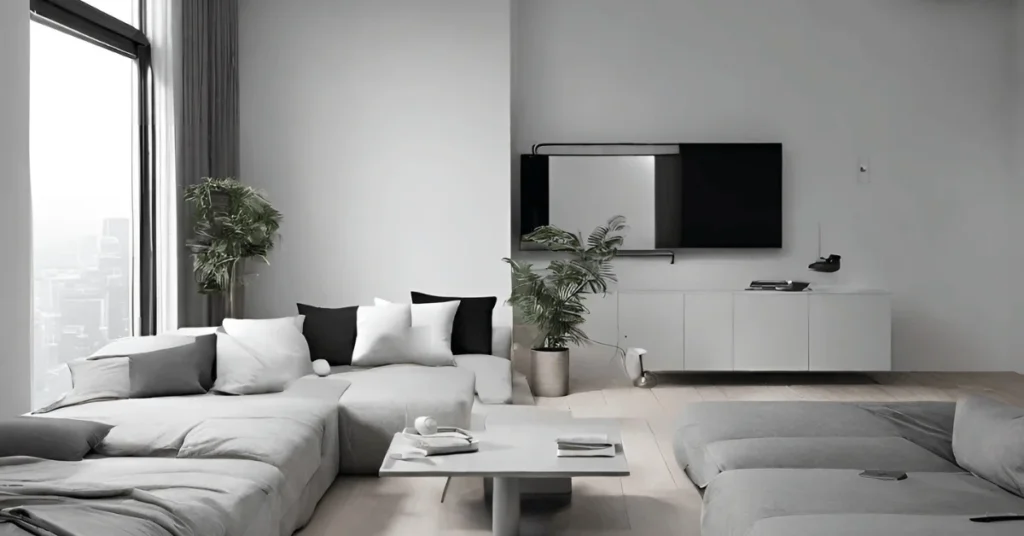
Transitioning to your ‘ how to become a minimalist ‘ challenges, especially when sentimental items, the urge to accumulate, and external social pressures come into play. Recognizing these hurdles allows us to develop strategies for a smoother transition.
Dealing with Sentimental Items
When confronting sentimental items, we must differentiate between the memory and the object. One practical method is to:
- Digitize: Convert physical memories (like photos or letters) into digital formats to preserve them without occupying physical space.
For items too precious to discard, set aside a specific space limit. For example, allocate one shelf or box for keepsakes. This helps us honor our memories without cluttering our space.
Reducing the Urge to Acquire More
Combatting the desire to acquire new possessions is fundamental. We can address this by:
- Implementing a wait period of at least 48 hours before making a purchase to avoid impulsive buying.
- Keeping a list of necessary items and consulting it when the urge to buy is strong. This centers our focus on needs rather than wants.
Being mindful of purchases helps us appreciate what we truly value, rather than being overwhelmed with the unnecessary.
Handling Social Pressure and Expectations
Social pressure and expectations can sway us from our ‘ how to become a minimalist ‘ path. However, we can navigate these external influences by:
- Communicating: Share our reasons for choosing minimalism with friends and family to foster understanding.
- Setting boundaries: Politely declining items that don’t align with our minimalist goals, emphasizing our preference for experiences over possessions.
Remember, minimalism is about our contentment and the quality of our relationships, not society’s standards.
Final Thoughts
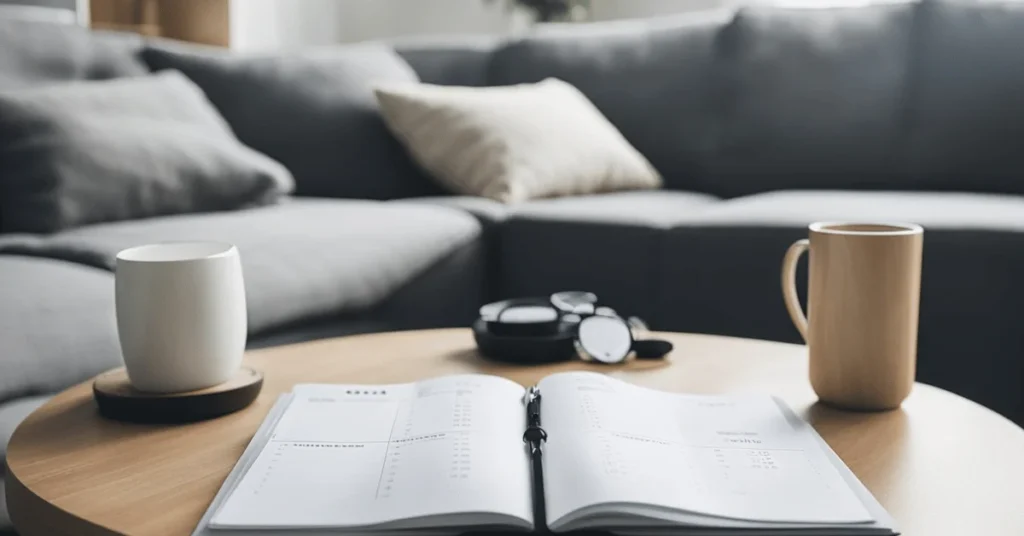
Embarking on a how to become a minimalist challenge brings us to an illuminating junction in our lives. We come to understand that minimalism is more than just owning less; it’s about crafting an intentional life that underpins our happiness. Throughout this 30-day journey, we have witnessed firsthand how our attachment to possessions can be transformed into an enriching experience that prioritizes our well-being over material goods.
Key Takeaways:
- Minimalism: We have discovered that how to become a minimalist is a personal and practical approach to declutter our lives, both physically and emotionally.
- Experience Over Possessions: By focusing on experiences rather than things, we foster meaningful connections and enrich our lives.
- Happiness: Letting go of the superfluous has allowed us to reevaluate what truly brings us joy, often leading to a more fulfilled and content existence.
Benefits of Minimalism:
- Increased Clarity: Less clutter translates to less stress and a clearer mind.
- Savings: Buying less saves money.
- Time: We gain more time to spend on activities that we love.
- Space: A minimalist space is more calming and easier to maintain.
By adopting a minimalist mindset, we place ourselves in a positive space where every choice is deliberate and every possession is valued. The shedding of unnecessary items is symbolic of a larger commitment to focus on what’s essential.
The how to become a minimalist challenge should not be seen as the end but as the beginning of a conscious and fulfilling path. We encourage continued exploration and adaptation of minimalism in ways that resonate personally. Embrace the peace that comes with a simplified life, and let us carry the positive changes forward.
Frequently Asked Questions
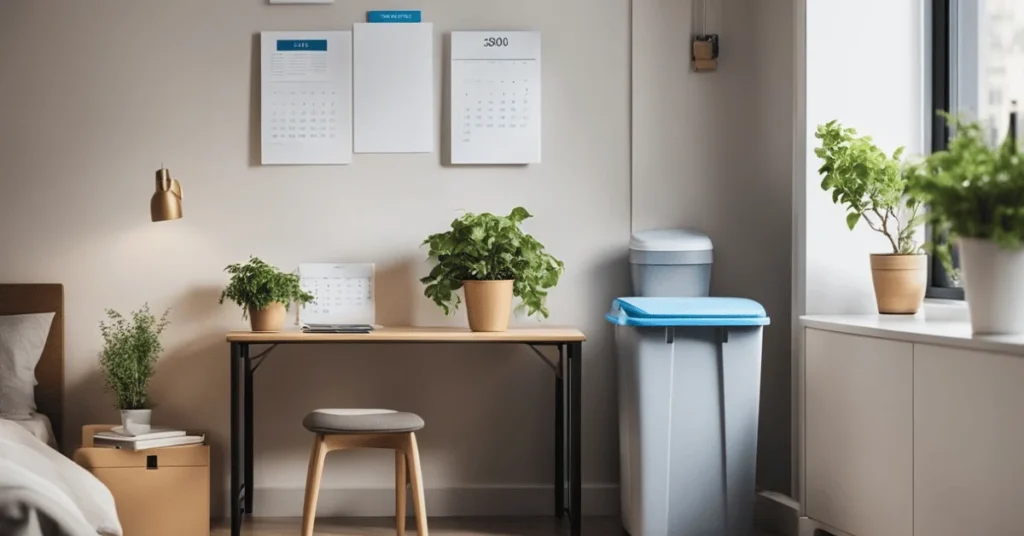
What is the 30 day how to become a minimalist challenge and how does it work?
The 30-day how to become a minimalist challenge is a step-by-step process that guides us to declutter our lives, both physically and mentally, over the course of a month. Each day, we focus on a specific area or theme, donating, discarding, or reprioritizing items and activities to simplify our environment and schedule.
Can I achieve a minimalist lifestyle in 30 days and what are the key strategies?
Yes, we can adopt a minimalist lifestyle in 30 days by focusing on how to become a minimalist eg intentional living and letting go of superfluous items. Key strategies include setting daily goals, practicing mindfulness, and making conscious decisions about purchases and time management.
What are the essential first steps to undertake when questioning how to become a minimalist?
When starting a minimalist lifestyle, our initial steps should include identifying our personal vision of minimalism, decluttering high-impact areas like the wardrobe or living space, and learning to differentiate between needs and wants.
How can a minimalist approach be applied to personal possessions without feeling deprived?
We apply minimalism to personal possessions by curating items that serve a purpose or bring joy. Investing in quality over quantity ensures we don’t feel deprived, as every item we choose to keep adds value to our lives.
What are some printable tools or calendars that can help track progress during your journey on how to become a minimalist?
Printable tools, such as decluttering checklists and daily planning sheets, can help us track progress and stay committed during the challenge. These tools provide a visual representation of our achievements and upcoming tasks and will help you reach results on your how to become a minimalist journey.
How does the 30 30 rule support the transition to a minimalist lifestyle?
The 30 30 rule aids our minimalist transition on how to become a minimalist by challenging us to forgo purchasing anything new unless we’ve considered it for at least 30 hours and it costs more than $30. This rule promotes thoughtful spending and prevents impulsive purchases.
We’ve guided you through your 30-day journey to becoming a minimalist.
Now, it’s your turn! Have personal tips or experiences to share?
Join the conversation and inspire others on their path to minimalism. Share your thoughts in the comments below!



